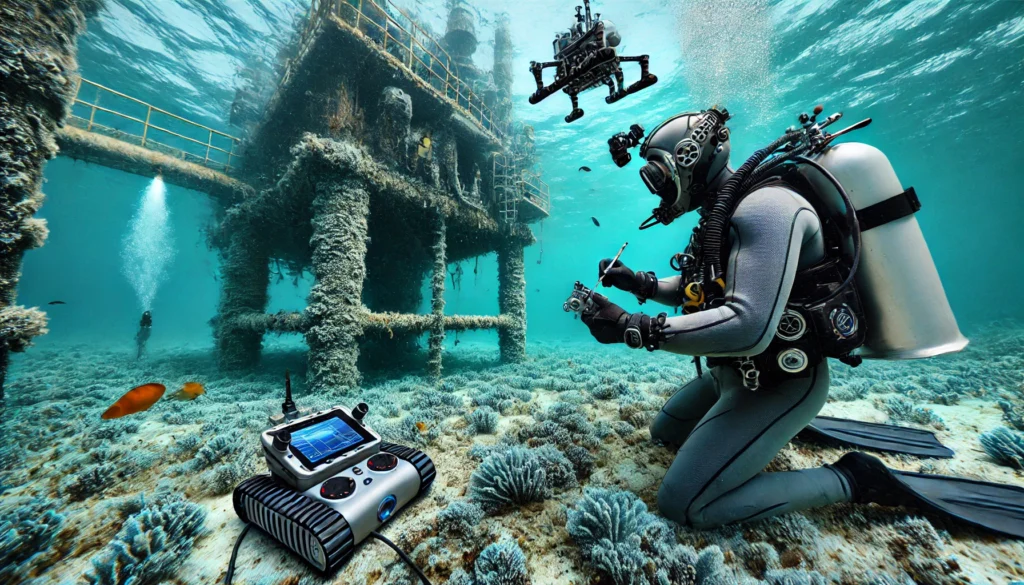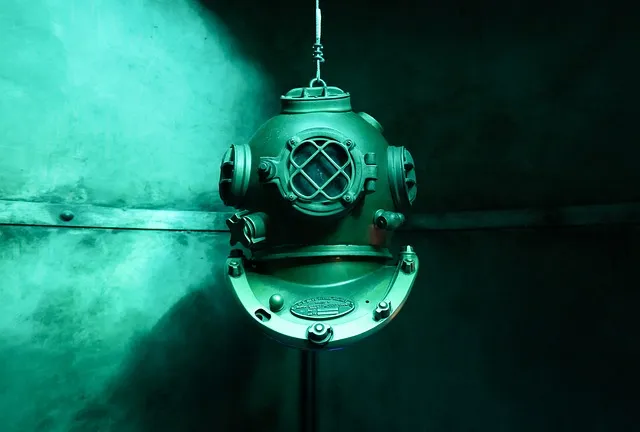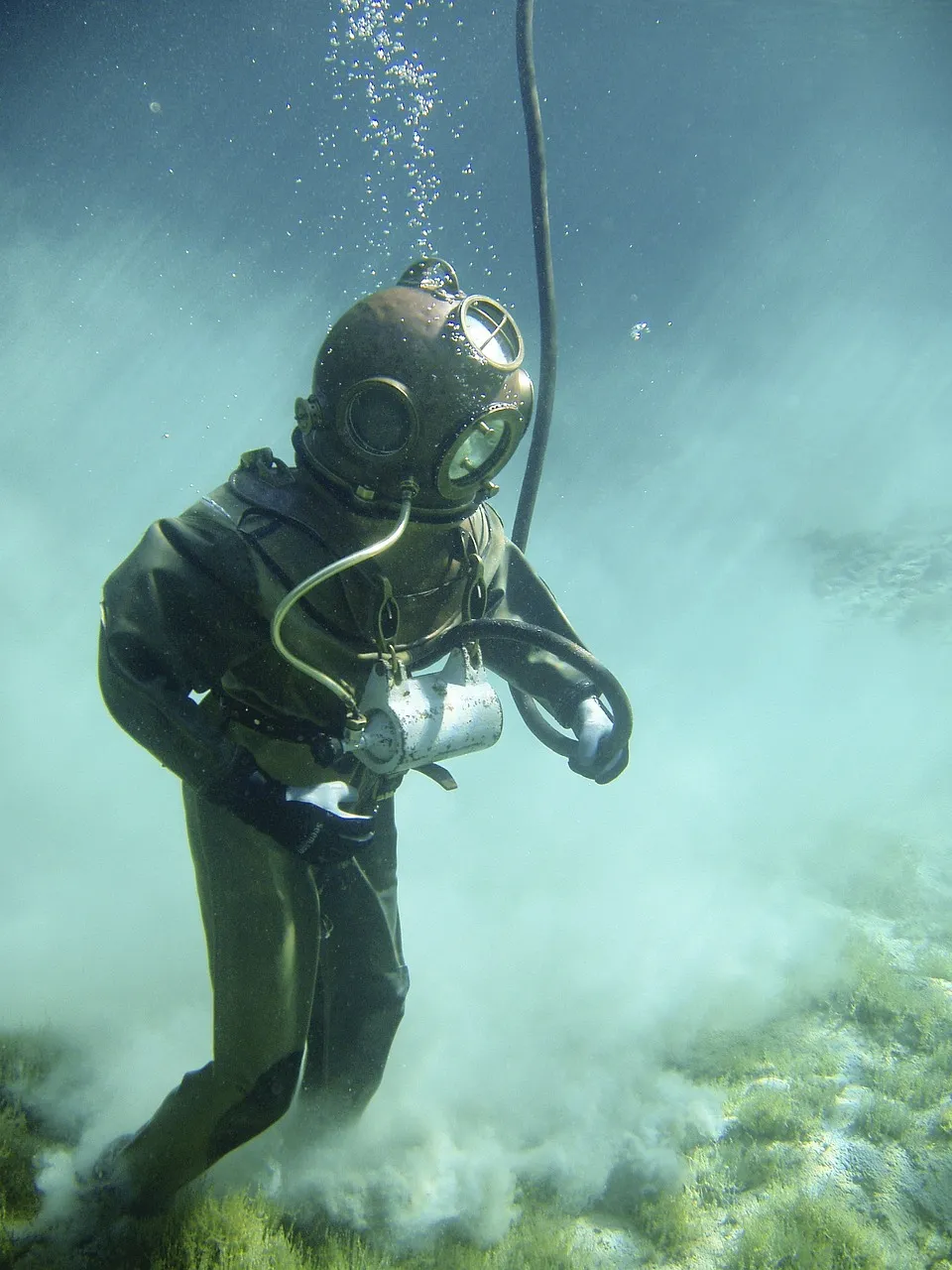Bluetide Group
Preparing marine excellence...
stories that touch
Underwater Hull Cleaning
Marine Operations
4 mins read

Offshore structures are essential in the oil and gas sector because they offer drilling, production, and exploration platforms. Regular underwater inspection and maintenance are necessary to ensure their integrity and performance for efficiency, safety, and environmental preservation. This manual thoroughly explains the procedures, equipment, and industry best practices related to underwater structural inspection and repair.
Table of Contents

Underwater inspection and maintenance are essential to guarantee the structural soundness and operational effectiveness of offshore constructions. These procedures use various methods and tools to identify, evaluate, and resolve any problems that can jeopardize the security and operation of these essential resources.
Offshore constructions require routine maintenance and inspection for several reasons:
The most fundamental type of underwater inspection involves using divers or remotely operated vehicles (ROVs) to check the structure and determine its state visually. This technique works well for finding visible problems like corrosion, cracks, and marine growth.
Non-destructive testing (NDT) procedures evaluate the structural integrity of buildings without causing harm. Typical NDT techniques include radiography, magnetic particle inspection, and ultrasonic testing. These methods offer comprehensive details about the surface and interior states of materials.
Robotic underwater vehicles, or ROVs, are uncrewed vehicles with cameras and sensors that enable thorough examinations under challenging situations. ROVs are essential for thorough inspections because they can access locations and depths that are hazardous or difficult for human divers to reach.

Diving activities are necessary for practical inspections and maintenance. Modern diving equipment includes sophisticated suits, helmets, and communication devices to improve efficiency and safety.
Sonar, high-definition cameras, and other sensors are fitted aboard ROVs, AUVs, or autonomous underwater vehicles. These vehicles offer vital insights into underwater infrastructure by conducting in-depth inspections and gathering data in real-time.
Sonar equipment maps and visualizes underwater surroundings. These devices can assess silt levels, identify structural irregularities, and produce in-depth pictures of the inspection region.
Marine growth, sometimes known as biofouling, can significantly impact the longevity and performance of offshore constructions. Routine cleaning using brushes, high-pressure water jets, and specialty instruments is necessary to maintain structural integrity and remove biofouling.
Repairing structural flaws may include painting, welding, and swapping broken parts. These repairs are essential for resolving problems such as wear and tear, corrosion, and cracks, ensuring the durability and safety of the structures.
One of the main issues with offshore structures is corrosion. Preventing structural degradation requires applying corrosion protection techniques, such as cathodic protection, coatings, and corrosion-resistant materials.
When it comes to underwater maintenance and inspection, safety comes first.
Important safety factors consist of the following:
Proper Training: Ensuring that divers and ROV operators are well-trained and certified.
Risk Assessment: Conducting thorough risk assessments before and during operations.
Emergency Procedures: Having clear and effective emergency procedures in place.
Analyzing industry case studies and best practices can yield insightful information and essential takeaways.
Showcasing creative ideas and successful projects can help shape future operations and raise overall security and efficiency standards.
Technological and methodological developments are shaping the future of underwater inspection and maintenance.
With more accuracy and efficiency, trends, including the growing usage of autonomous systems, enhanced sensor technologies, and data analytics, are poised to transform the sector entirely.
For offshore structures in the oil and gas sector to remain safe, effective, and long-lasting, underwater inspection and maintenance are essential.
By utilizing cutting-edge technologies, adherence to optimal methodologies, and a focus on safety, the sector can sustain its operations while safeguarding the environment and meeting regulatory requirements.
Underwater maintenance and inspection have a bright future ahead of them because of new technological advancements that will likely improve their capabilities and performance.